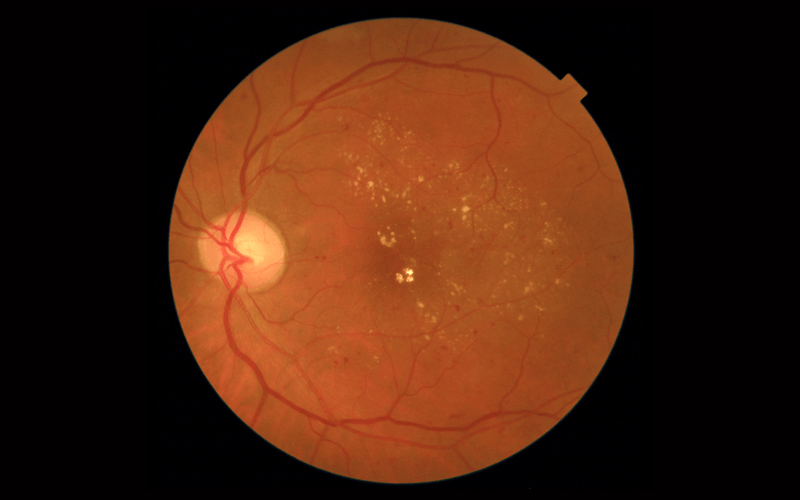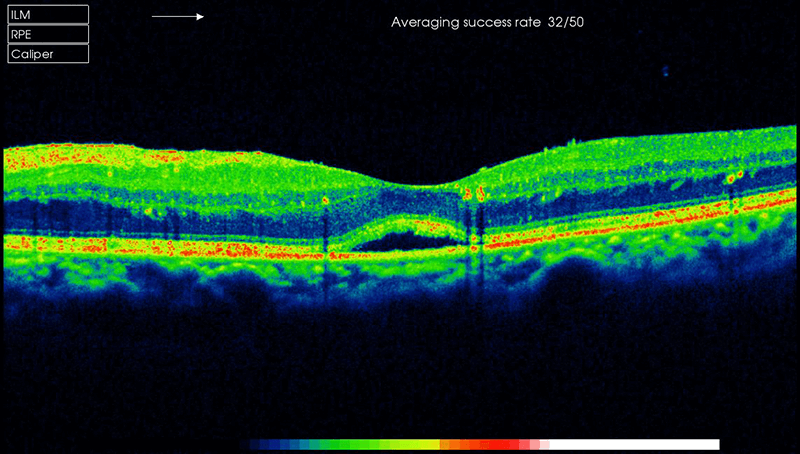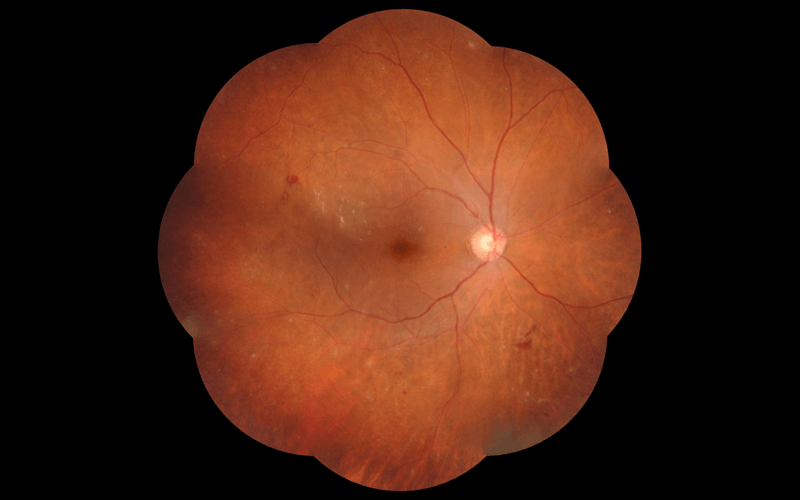
20 Jan Diabetic Retinopathy
When high blood sugar levels cause damage to blood vessels in the retina, it is called diabetic retinopathy. This disease has the potential to lead to complete blindness.
NPDR (non-proliferative diabetic retinopathy)
This is the early stage and many people with diabetes have it.
Tiny blood vessels can leak and cause swelling of the macula (macular edema). This is the most common reason why people with diabetes lose their vision.
At times blood vessels can close off such that blood cannot reach the macula (macular ischemia) causing irreversible damage.
Sometimes tiny particles of lipids (exudates) can accumulate in the retina affecting the vision.
PDR (proliferative diabetic retinopathy)
PDR is the more advanced stage wherein the retina starts growing new blood vessels (neovascularization). These fragile new vessels often bleed into the vitreous creating floaters. If they bleed a lot, it might block all vision.
These new blood vessels can form scar tissue leading to a detached retina or problems with the macula.
Diagnosis
An OCT scan provides detailed images of the macula and its thickness. This helps in identifying the type and extent of damage.
Fluorescein angiography shows if any blood vessels are blocked or leaking fluid. It also shows if any abnormal blood vessels are growing.
An ultrasound (B-scan) may be needed in cases where the retina is not visualised due to excessive bleeding in the eye.
Treatment
Since there is no way to eliminate diabetes from the body, there is no way to permanently stop the eye damage. It is a long-term battle with the disease and more often than not multiple treatment options and sittings are needed.
Medical control: Controlling your blood sugar and blood pressure is the most important step in controlling the eye damage. Proper medications, regular exercise and frequent investigations to confirm the success of treatment are necessary.
Intra-Vitreal Injections: Injections of anti-VEGF drugs and steroids inside the eye help to reduce swelling of the macula, slow down vision loss and perhaps improve vision. Steroids usually act longer than the anti-VEGF drugs, but carry the risk of developing cataract and raised eye pressures.
Laser treatment: Lasers might be used to help seal off leaking blood vessels. This can reduce swelling of the retina. Lasers can also help shrink blood vessels and prevent them from growing again.
Vitrectomy: In presence of significant bleeding or a detached retina, surgery (vitrectomy) might be needed. A surgery is not necessarily an endpoint of treatment and further procedures may be needed.
Preventing vision loss from diabetic retinopathy
- Control of blood sugar is the most critical step in preventing diabetic eye damage.
- High blood pressure and kidney problems also need to be addressed simultaneously.
- Regular dilated eye exams by a retina specialist can detect the disease even before any vision problems are noticed.
- Prompt and regular follow up treatment is the best way to prevent vision loss.





Sorry, the comment form is closed at this time.